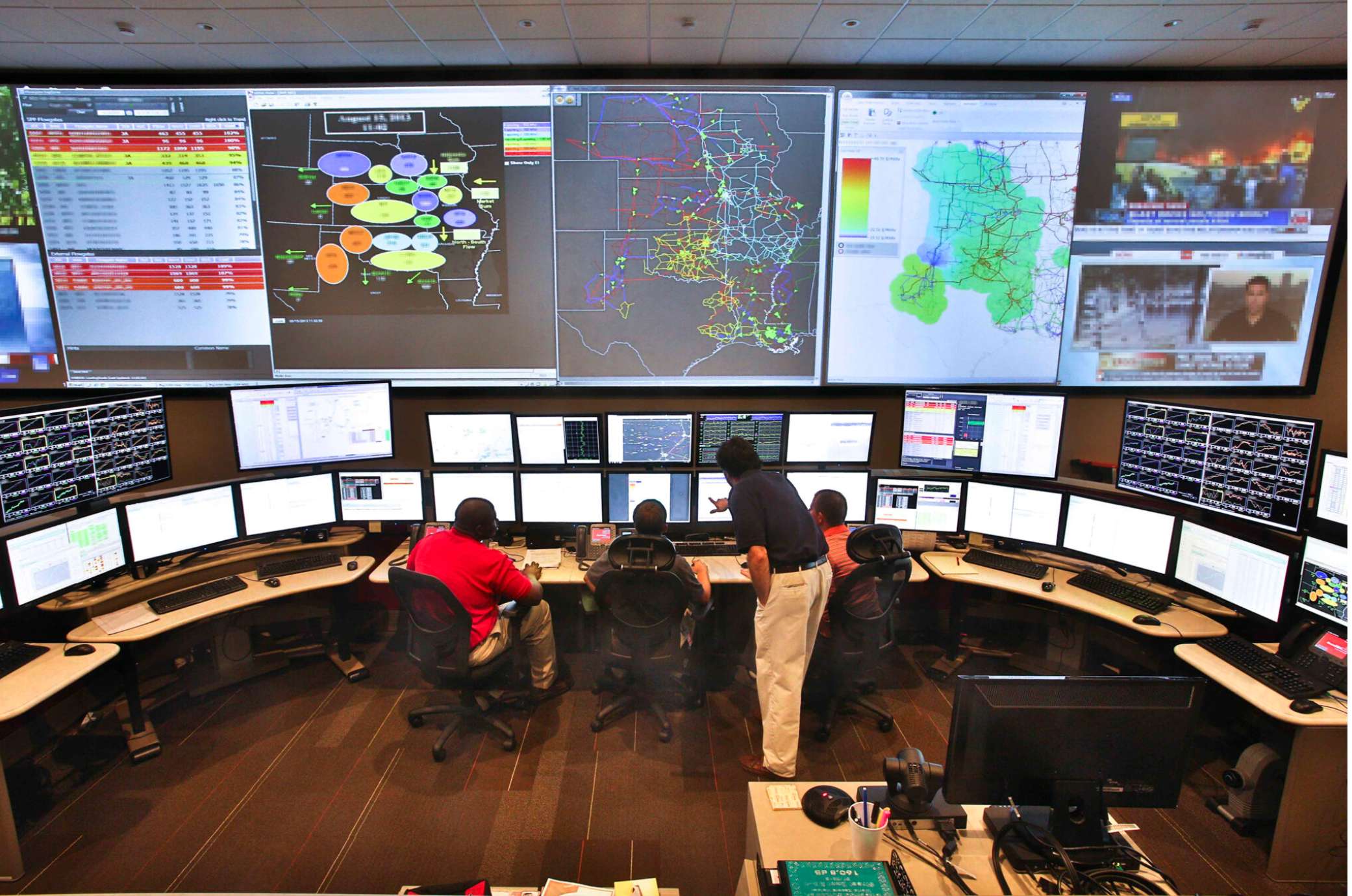
BY MORGAN CHILSON
Kansas Reflector
TOPEKA — High temperatures this week drew a caution from the regional organization that ensures reliability of the power grid and led Evergy to ask some customers to conserve energy usage.
The Southwest Power Pool is one of nine regional transmission organizations approved by federal regulators to support reliable power supplies and infrastructure. SPP works with energy companies to make sure that when customers set their thermostat, they soon hear the answering hum of the air conditioner.
SPP issued a low-level weather advisory for Tuesday through Thursday, warning of hot weather, said spokeswoman Meghan Sever.
“This is because of the high temperatures, and while it does include Kansas, a weather advisory does not require the public to conserve energy,” she said.
Such a situation isn’t unusual during hot Kansas summers. In fact, Kansas City meteorologist Joe Lauria vented on Facebook that people are using “extreme” too often in describing weather.
“What used to be an ‘excessive’ heat warning has been replaced with the phrase ‘extreme,’ ” he wrote. “I can sort of get behind that in the ‘extreme’ sense IF something extreme was going to happen, but what’s ahead, at least into Monday is NORMAL HEAT. 90-95° days are NORMAL for us in the hottest part of the year. We average around 40 days/year of 90°+ days, and YES they’re supposed to be humid and YES we’re supposed to have heat indices 100°-105°+ seemingly every day.”
This week was initially supposed to see temps spike over 100 degrees. Still, even with staying in the 90s across the state, the load on the power grid gets intense.
On Wednesday, Evergy reached out to residential and business customers that signed up to be part of its demand response program to manage that load.
That program asks willing customers to curtail their energy load, said Evergy spokeswoman Courtney Lewis.
“Business customers may participate in a variety of ways, which may include turning off lights, changing their production process, increasing temperature at their facilities, or using back-up generation,” she said in an email.
Washburn University, a large-load user, sent a campuswide email telling staff to adapt building temperatures.
An email from Lori Hutchinson, executive director of strategic communications and marketing, asked Washburn staff in most campus buildings to turn up thermostats from 74 to 80 degrees between 2 and 6 p.m. Wednesday.
Washburn participates in Evergy’s Generation Substitution Service, a special tariff for larger customers in Evergy’s Kansas Central territory, Lewis said.
Those customers are willing to switch to back-up generation when Evergy asks them, she said.
Evergy works with customers willing to adapt their energy use during high-use times, and customers receive a break in their rates, the company’s website said.
“It’s been interesting — a lot of the largest customers have not been motivated by the demand response piece, notwithstanding the potential rate benefits for them,” said David Campbell, Evergy president and CEO, in a Monday Kansas Corporation Commission hearing. “I’m sure that will be a dialogue that continues over time.”
Campbell said the number of times that Evergy needs to call on customers to interrupt their energy usage is low, although the program does require flexibility.
“I think that the range of opportunities of large customers bringing solutions to be more proactive in how you think about demand-response is a way that we can meet the moment historically,” he said.
The summer seasonal forecast this year showed a 40-60% chance of higher temperatures than usual across the SPP territory, Sever said. The organization uses various tools and systems to mitigate risk.
“Under different scenarios, like when we experience higher-than-normal temperatures that drive increased load, we may call on generating units to commit to run earlier or more often than usual, delay planned outages, import energy from neighboring systems or tap into available reserves, depending on the severity and duration of events affecting energy reliability,” she said.





